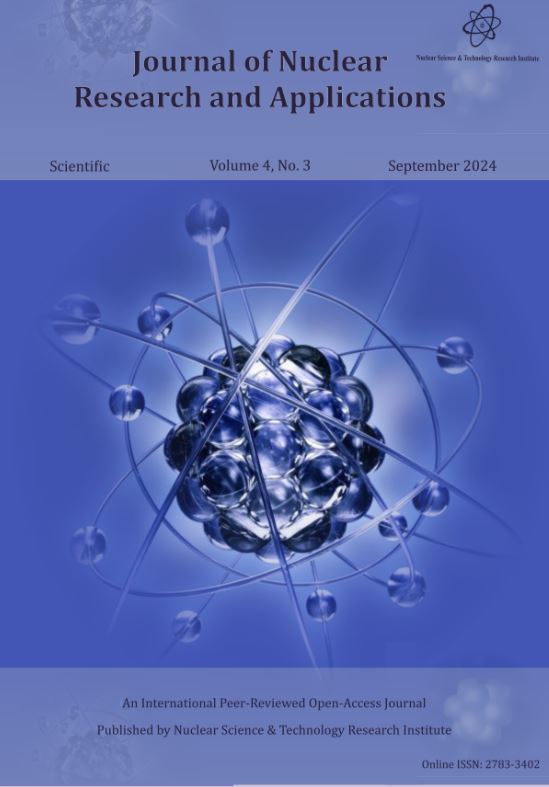Document Type : Research paper
Authors
1 Nuclear Fuel Cycle Research School, Nuclear Science and Technology Research Institute (NSTRI), P.O. Box: 11365-8486, Tehran, Iran
2 Radiations Application Research School, Nuclear Science and Technology Research Institute (NSTRI), P.O.Box: 11365-3486, Tehran, Iran
Abstract
The ingestion and intake of healthful and high-quality water is a crucial aspect of human existence. As such, it is imperative to closely monitor the contamination of drinking water, including potential exposure to radioactive elements, in order to assess the level of radiation that individuals may be subjected to through water consumption. The aim of this paper is to measure the levels of gross β and α activity in drinking waters obtained from various sources in Ardabil. Through the utilization of liquid scintillation methodology, the gross α and β radio-activities of 25 water samples were scrutinized and measured to determine their radiological health. The findings of this analysis revealed that the concentration of gross α radio-activity ranged from 30 mBqL-1 to 180 mBq L-1, with an average of 71.6 mBq L-1. Similarly, the concentration of gross β activity in the samples varied from 49 mBq/l to 210 mBq/l, with an average of 114.4 mBq/l. Furthermore, there was a moderate positive correlation of 0.49 between α concentration and β concentration. The annually effective dose varied from 0.036 to 0.104 mSv, with an average of 0.072 mSv. The variation in risk ranges from 2.02E-04 to 7.91E-04, with an average of 4.01E-04. These outcomes demonstrate that the water samples analyzed are free from any radiological hazards and are deemed safe for consumption.
Keywords
Main Subjects

